Unveiling Kashmirs Genetics: Ancient DNA Reveals Complex Migrations in Neolithic to Medieval Eras
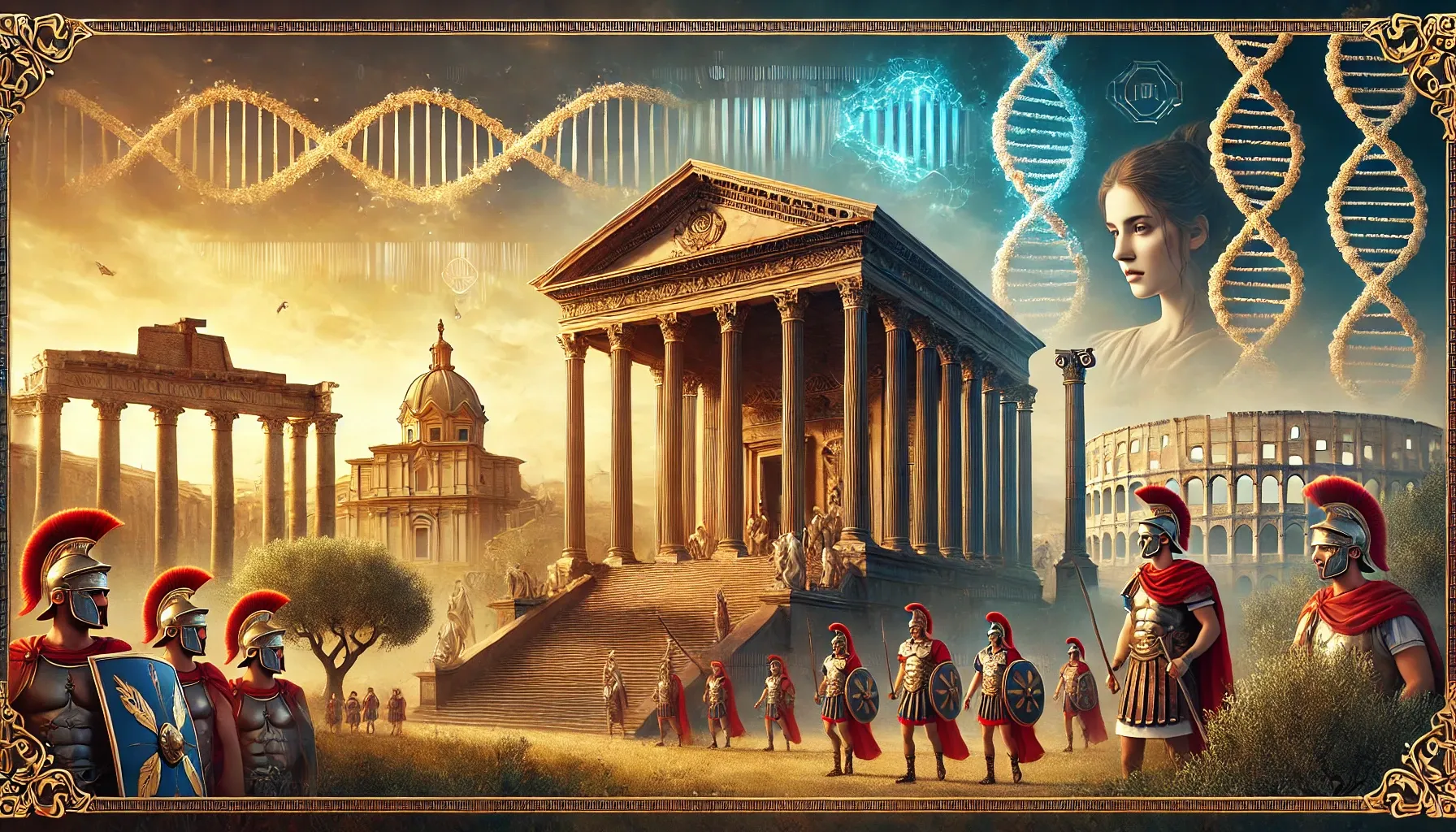
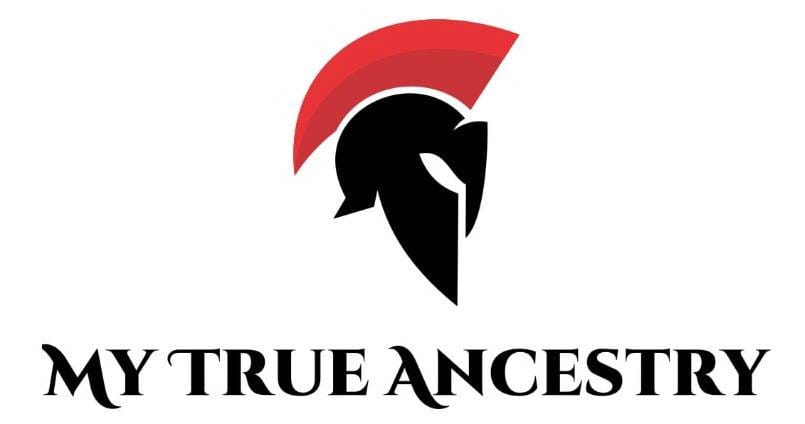

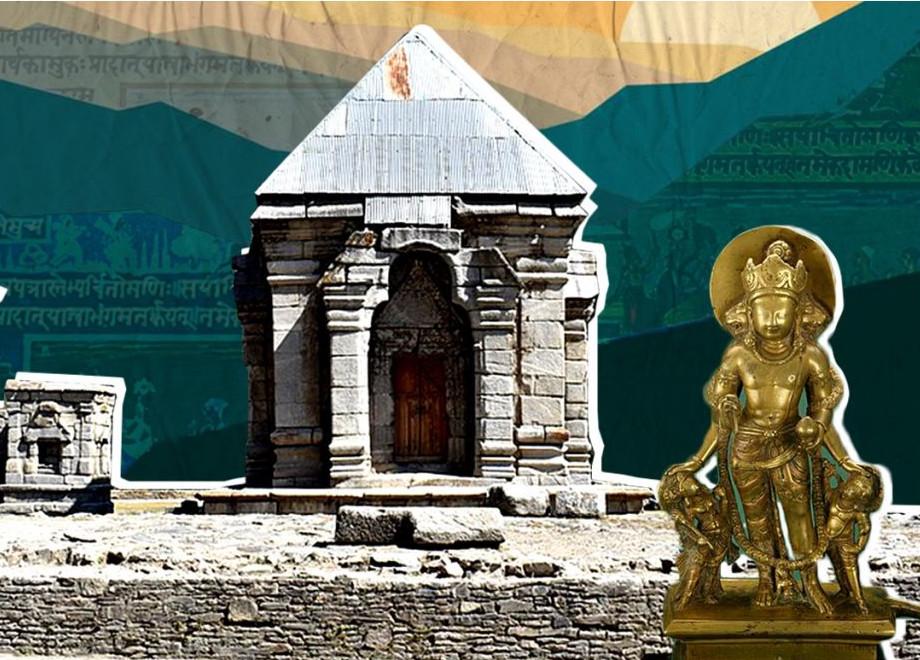
The Ancient Chronicles of Burzahom: Unveiling Kashmir's Neolithic Legacy
Nestled between the majestic Himalayas and the Pir Panjal range, the archaeological site of Burzahom emerges as one of South Asia's most extraordinary windows into prehistoric life. This remarkable settlement, whose name translates to "place of birch" in Kashmiri, offers us an unparalleled journey through human habitation spanning from 2900 BCE to the fifth century CE. Discovered in 1935 by Helmut de Terra and the Yale-Cambridge expedition, and later extensively excavated by T.N. Khazanchi from 1960 to 1971, Burzahom has become a treasure trove of archaeological and genetic insights that illuminate the complex tapestry of ancient Kashmir's heritage.
Archaeogenetics is rewriting what we know about identity and ancestry. Beyond curiosity, it offers a profound sense of continuity — a reminder that history is not only something we read, but something we carry. You can see your place in that continuum at MyTrueAncestry.com.
The chronological story of Burzahom unfolds across four significant phases, each breathing life into different eras of human development. The Neolithic I (Aceramic) period reveals the earliest settlers, followed by Neolithic II (Ceramic), where sophisticated pottery adorned with captivating motifs emerged. The Megalithic phase showcases monumental burial practices, while the Early Historic period demonstrates advanced cultural exchanges. Each layer tells of pioneering farmers and artisans who crafted double-notched stone harvesters and developed remarkable ceramic traditions that echo through millennia.
The excavations at Burzahom have revealed fascinating aspects of ancient life, including dual-sized pits, sophisticated stone tools, and exquisite ceramics that speak to a thriving community. Among the most intriguing discoveries are the burial sites that offer profound insights into ancient beliefs and practices. One particularly poignant find includes the remains of a child curled beside an adult female, both ceremoniously sprinkled with red ochre and accompanied by animal skeletal remains—a powerful testament to their complex afterlife beliefs and the profound bond between humans and their environment.
Perhaps most remarkable are the skulls bearing marks of trepanation, evidence of deliberate cranial surgery practiced thousands of years ago. This daring medical tradition speaks to an astonishing level of sophistication and knowledge that challenges our perceptions of ancient capabilities. The presence of such advanced medical practices suggests a depth of cultural understanding and possibly even exchanges with contemporary civilizations across the region.
In a groundbreaking advancement, researchers have successfully reconstructed complete ancient mitogenomes from skeletal remains found at Burzahom, providing an unprecedented molecular lens into the maternal ancestries that shaped this region. This genetic exploration reveals two primary maternal lineages—M65 and U2b—that weave a complex narrative of human movement and cultural exchange across the ancient world.
The M65 maternal lineage, particularly the M65a subclade found in Neolithic individuals, demonstrates remarkable genetic continuity that persists among modern Kashmiris. This ancestral thread is notably prevalent across Kashmir, Pakistan, and the Tajik highlands, suggesting ancient movements of people and ideas across formidable mountain barriers. The connection with the Brokpa tribe of the region points to a maternal genetic heritage rooted deep within Kashmir's soil, potentially stretching back thousands of years and evoking images of resilient communities thriving amidst challenging geographical conditions.
The U2b2 haplogroup, represented in the Megalithic sample from Burzahom, establishes fascinating connections with the Swat Valley and broader Central Asian populations. This lineage echoes through time, connecting to ancient remains in places like Rakhigarhi and reinforcing the complex web of genetic and cultural exchange along trade routes that snaked through the Himalayas. The shared cultural artifacts, including ceramics and stone tools, provide archaeological support for these genetic connections.
As we transition into the medieval period, Burzahom's genetic legacy reflects an increasingly diverse populace with samples tracing links to Central Asia and European lineages. This aligns perfectly with historical narratives of expanding trade networks and migration patterns that positioned Kashmir as a crucial player in transregional interactions. One particularly captivating discovery involves a medieval sample that shows intriguing genetic affinity with remains from the mysterious Roopkund Lake—the legendary "Skeleton Lake" of India—hinting at possible connections or migrations that spanned the rugged Himalayan terrains.
The archaeological evidence paints a vivid picture of vibrant cultural exchanges that extended far beyond Kashmir's mountain borders. Ceramics bearing depictions of horned deities, similarities with Harappan artifacts, and shared burial practices highlight extensive connections with the Indus Valley Civilization, the Swat Valley, Tibet, and Central Asia. These discoveries emphasize the presence of active commerce routes, migration patterns, and shared innovations that created an interconnected ancient world where ideas, technologies, and traditions flowed freely across vast distances.
The application of advanced Bayesian evolutionary analysis has provided illuminating insights into the genetic tapestry of Burzahom's ancient inhabitants. This sophisticated approach has revealed how the maternal gene pool of Neolithic and Megalithic individuals indicated strong local lineages while maintaining fascinating ties to distant regions. The evolutionary tale, mapped through scientific analysis, adds vibrant layers to our understanding of the powerful social and migratory networks that defined early human histories in Kashmir and beyond.
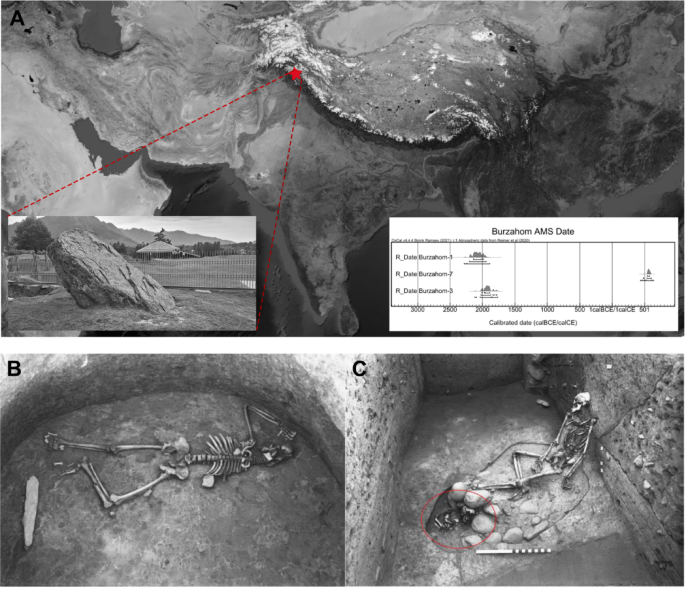
Discover how your DNA connects to ancient civilizations at www.mytrueancestry.com.
Comments